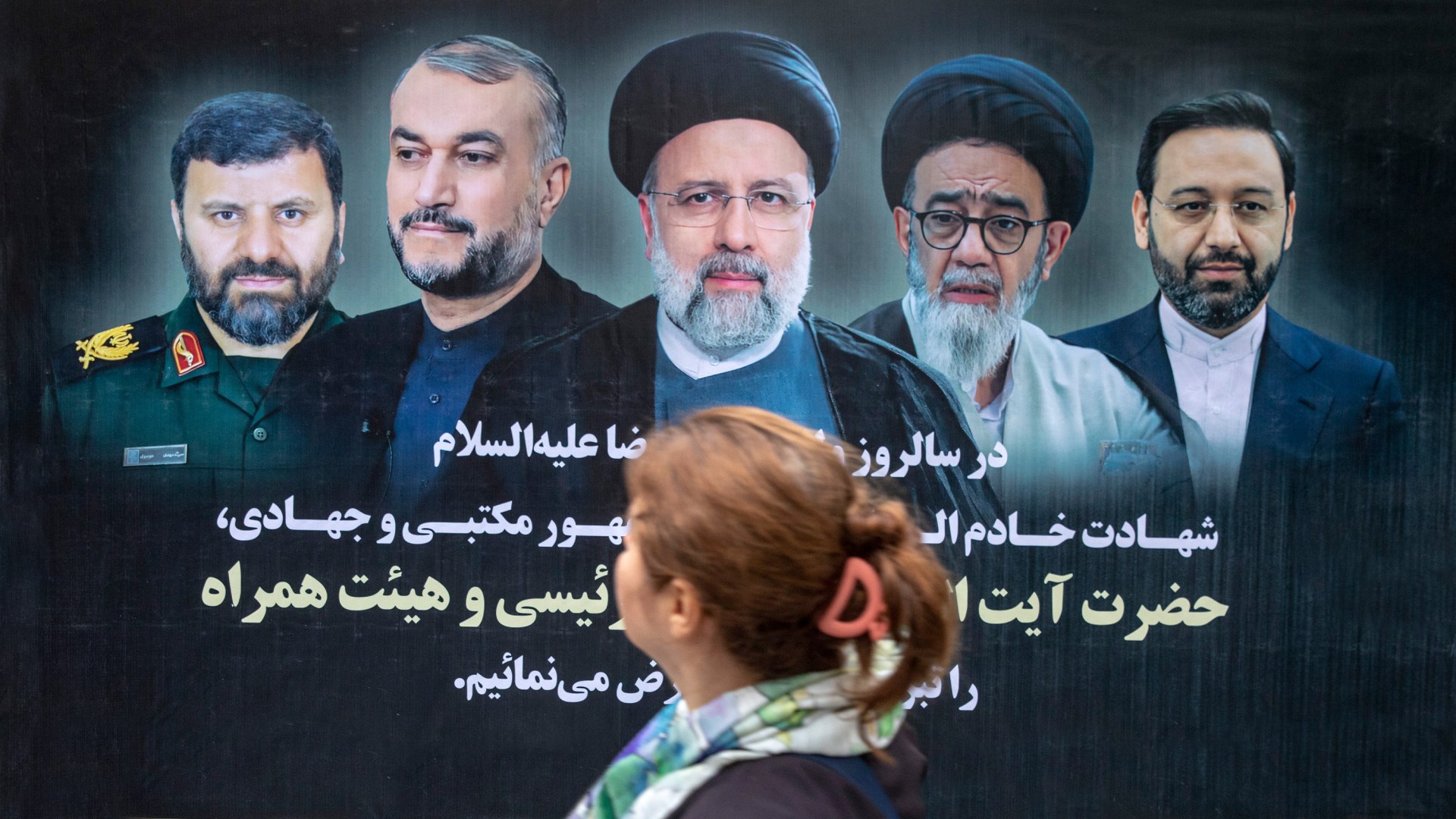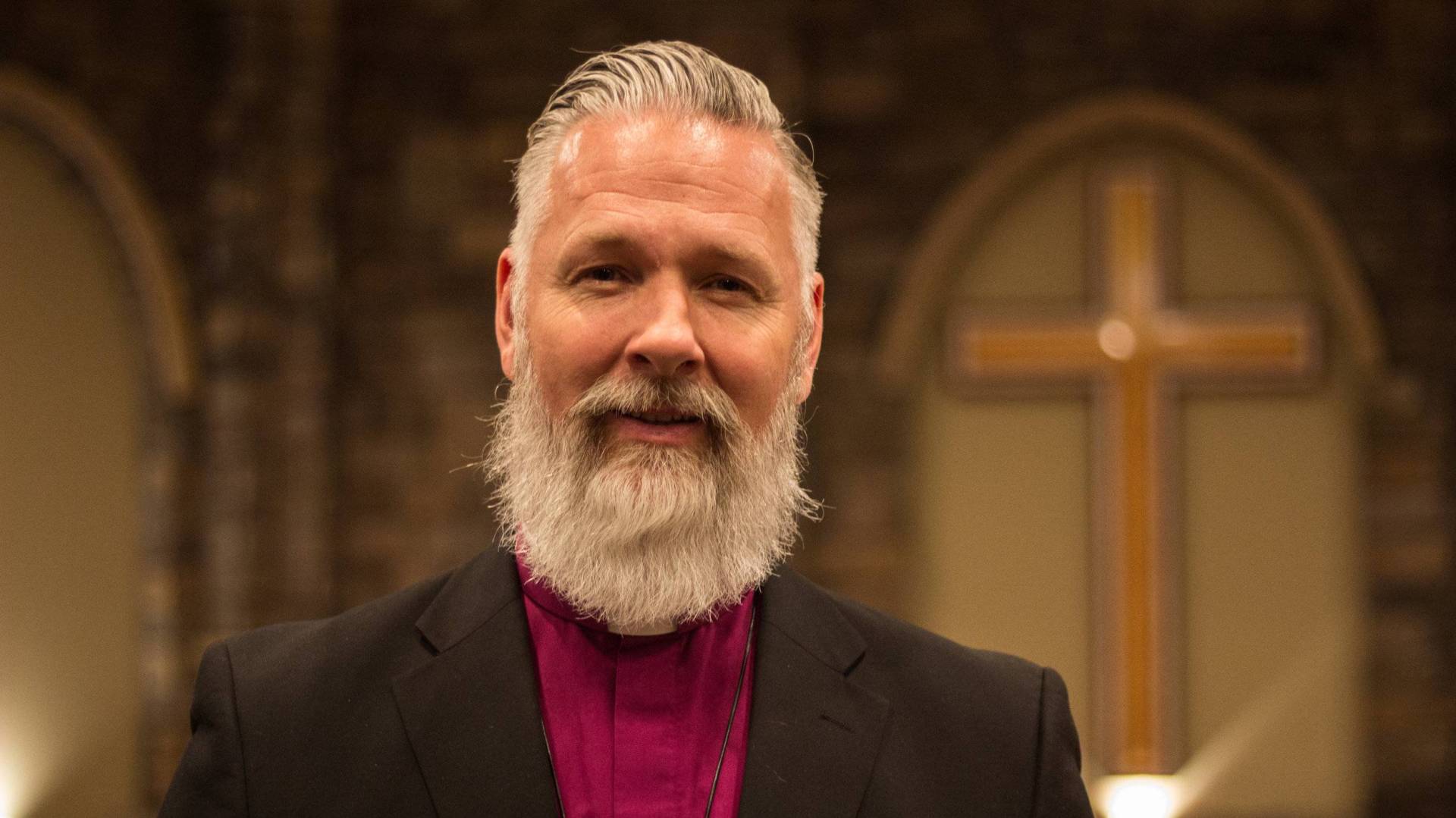This piece was adapted from Russell Moore’s newsletter. Subscribe here.
On Monday of next week, my wife, Maria, and I celebrate our 30th wedding anniversary. As I think about those two kids standing at the altar, I would want to say “I do” all over again to everything. One of the very few exceptions would be one decision that had to do with the wedding, not with the marriage. After 30 years, I’ve changed my mind about the biblical text I wouldn’t let us read.
Somebody suggested that we read at the ceremony a passage from the Old Testament book of Ruth, one that we heard read or sung at almost every wedding at the time. In the King James Version (which was what people almost always used), the text reads, “Whither thou goest, I will go; and where thou lodgest, I will lodge: thy people shall be my people, and thy God my God” (1:16). It’s about the young widow Ruth from Moab, pledging to her dead husband’s mother, Naomi, that she would go with her to Naomi’s homeland of Israel.
I believed then, and still do, that all Scripture is inspired and “profitable” (2 Tim. 3:16, ESV throughout), but I didn’t think that particular Scripture was appropriate for a wedding.
“It’s not about marriage,” I said. “It’s about someone taking a trip with her mother-in-law.” I wanted something about the mystery of Christ in Ephesians 5 or about love from Song of Songs or about Jesus at the wedding at Cana. I could even have lived, I said, with 1 Corinthians 13. Of all of the things about the wedding ceremony, I only insisted on two—that we use the traditional vows and that we read some other text than that one. You could say that I was ruthless in my Ruthlessness.
If I can give some unwanted advice to my 22-year-old self, the groom, I would say to him, “You are right about the bride, and right to ask her to marry you. This will be the best earthly decision you will make in the course of your life, but you are wrong about Ruth. That text has everything to do with your next 30 years.”
Thirty years ago, I knew how to preach about the cosmic mystery of Christ and his church, a mystery reflected in marriage. I knew that I loved this woman, and I didn’t want to be with anybody else. And I knew enough to know that the old vows were better, that we needed the words our parents and grandparents and great-grandparents had vowed. How could we describe our commitment better than “for better or for worse … till death us do part”?
I know some people who have had hard marriages. Some marriages I admire greatly have been, I know, a fierce struggle to keep together. Ours is not one of those. We’ve faced far more “better” than “worse,” and even when the worse has arrived, it was always better because of her. That’s mostly because I’m the quirky one and she’s the stable, unshakable one.
In the biblical account, Naomi, grieving the death of her sons, insists that both of her daughters-in-law stay behind in Moab, where they can start their lives over again. Ruth, though, was committing, before God, to walk into a future completely unknown to her. And so were we.
If you had asked those two kids back at the altar in Biloxi, Mississippi—one of us 22 years old, the other 20—what our life story would be, we couldn’t have predicted how much we would laugh together. I’m not sure we could have predicted how—30 years later—we would still want to be around each other all the time.
We wouldn’t have known what it would be like to hold each other after getting the phone call about a father’s death, or what it would be like to feel the other trembling in tears after a miscarriage. We wouldn’t have known what it would be like to trek out together to a Russian orphanage to adopt two little boys, nor what it would be like to see in a hospital room our other three boys who came to us the more typical way.
I wouldn’t have known that the only ultimatum I would ever hear from my wife was about whether we’d ever attend another Southern Baptist business meeting. I couldn’t have foreseen how much the words Donald Trump would shape the circumstances of our lives, or that that year would outlast the seven years of tribulation our Sunday School prophecy charts had promised.
What I really would not have predicted, though, is how—just like the story of Ruth—so much of our story would be made up not in those “big” moments but in the very small, ordinary ones: the fleeting encounter in the gleaning field, the midnight meeting in the threshing place, the birth of a baby.
Naomi said at the beginning that she should rename herself “bitter” (1:20), but the text shows us the turnaround of her now rejoicing with Ruth’s newborn on her lap. The women of the neighborhood said of this old widow, who once thought her story was over, “A son has been born to Naomi” (4:17). Many things that seemed to be coincidences—just the right thing happening at the right time—led up to that.
Last night, Maria and I walked with our youngest son down to the creek by our house, where our son climbed some trees as we walked the dog. The cicadas were buzzing and the fireflies were flashing all around. I stopped and wanted to freeze that moment in time. It was almost as if a future version of myself was time traveling back to whisper, This is the best. This is the sort of thing you will remember on your deathbed. Those are the moments that shape a life, that surprise us with joy.
I didn’t want Ruth at the wedding because I thought I knew how words worked. I was, after all, a preacher and a former political speechwriter, and an aspiring theologian. I wanted our wedding to be focused on the big story of Christ and his gospel—and an out-of-context Bible verse about some women who’d lost their husbands just wouldn’t do. My problem was that I couldn’t see that that little narrative is about the big story of Christ and his gospel. The conversation led to the trip, and the trip led to love, and the love led to a birth for a family from Bethlehem. The story ends with the mention of that baby, Obed, but not as a mere “happily ever after” resolution of the storyline.
The book ends with the words, “Obed fathered Jesse, and Jesse fathered David” (4:22). The setting is cast for what would happen from Bethlehem in the books to follow, 1 and 2 Samuel, of the shepherd-musician who would be promised that one of his sons would sit on his throne: “He shall build a house for my name, and I will establish the throne of his kingdom forever” (2 Sam. 7:13).
Ruth didn’t know that her promise to one old woman would end up leading to Israel’s king—nor that Israel’s king would lead to the deliverance of that family line from existential threat, all the way through to another story, that of a worker and a virgin, a story that would end up, again, with a baby in Bethlehem, one in whom the entire cosmos holds together, one whose kingdom will never end.
Your little story, and mine, aren’t quite so messianic in their stakes. But, then again, maybe they are, in some way. The Bible says that everything working around us ends up for good, and then defines what that good is—that we would be “conformed to the image of his Son, in order that he might be the firstborn among many brothers” (Rom. 8:29). All of that comes about in each of our lives through lots of little decisions that ripple out in ways we can’t see. Every once in a while, though, we can look back and see some words—like I do—that were the right words to the right person—words that we can only explain by grace.
Jesus is Lord. All of the story of Scripture—all of the story of the universe, visible and invisible—is his story. He holds the keys of life and death. And sometimes he stops by a wedding (John 2:1–2). Sometimes, in a wedding or, better yet, in a marriage, one can get a glimpse of his glory (2:11).
Thirty years ago, we said to each other that we would love, comfort, honor, and keep each other, in sickness and in health, forsaking all others, as long as we both shall live. I would say those words again. But I might add some other words too—“Where you die I will die, and there will I be buried. May the Lord do so to me and more also if anything but death parts me from you” (Ruth 1:17).
At either my funeral or Maria’s, people can read any number of Bible passages; I love them all. But, if you’re there, know there’s one of them that I am happy for you to read or to sing or just to remember, because I will mean it then as I do now: “Whither thou goest, I will go.”
Russell Moore is the editor in chief at Christianity Today and leads its Public Theology Project.

















































